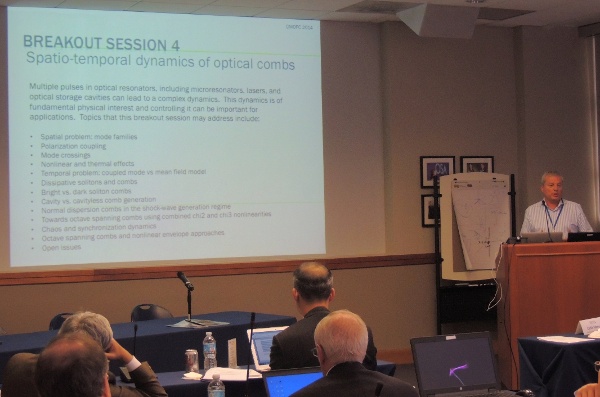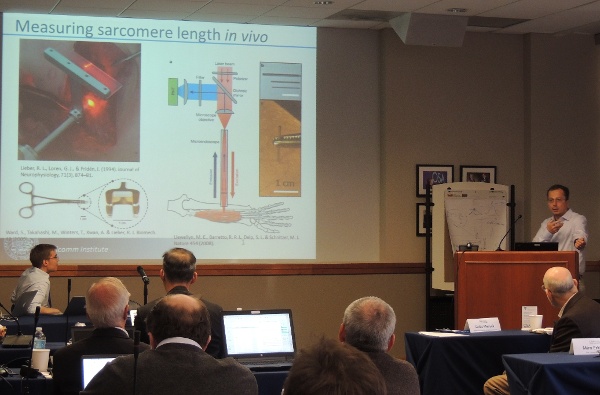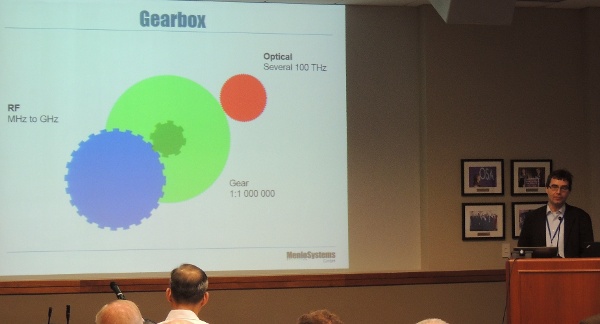Dream Frequency-comb Applications Become Reality
Adam J. Fleisher
Beyond fiber-based frequency combs, modeling and experimental demonstrations of mode-locking and exotic modes in microresonator-based combs have made remarkable advances in the last year. In addition to showing great potential as astrocombs, these small on-chip resonators − capable of producing frequency combs with mode spacing >100 GHz − could revolutionize telecommunications by providing broadband laser sources with relatively low power consumption, high spectral bandwidth, high mode fidelity, and milliwatt optical power per channel.
While frequency combs have permeated several applied research fields over the past few years, there exist fundamental physics questions regarding their performance. Quantitative modeling from first principles − models that go beyond brute-force numerical approaches − should aim to provide fundamental limits for both fiber-based and microresonator-based frequency combs. Are there fundamental models that link the observed behaviors of fiber-based and microresonator-based combs? Knowing the fundamental limits of frequency comb attributes − such as engineered cavity dispersion, low phase noise, and spectral flatness, among others − could guide the engineering of future frequency combs that are expertly designed for very specific applications in telecommunications, chemical sensing, and biomedical imaging.
One thing the participants in this meeting made clear is that there is more work to be done. Please stay tuned for an article in OPN as well as potentially more opportunities to engage on this fascinating and ever evolving topic!

Stefan Wabnitz, Università degli Studi di Brescia

Stojen Radic, University of California San Diego

Ronald Holzwarth, Max-Planck Institute for Quantum Optics
